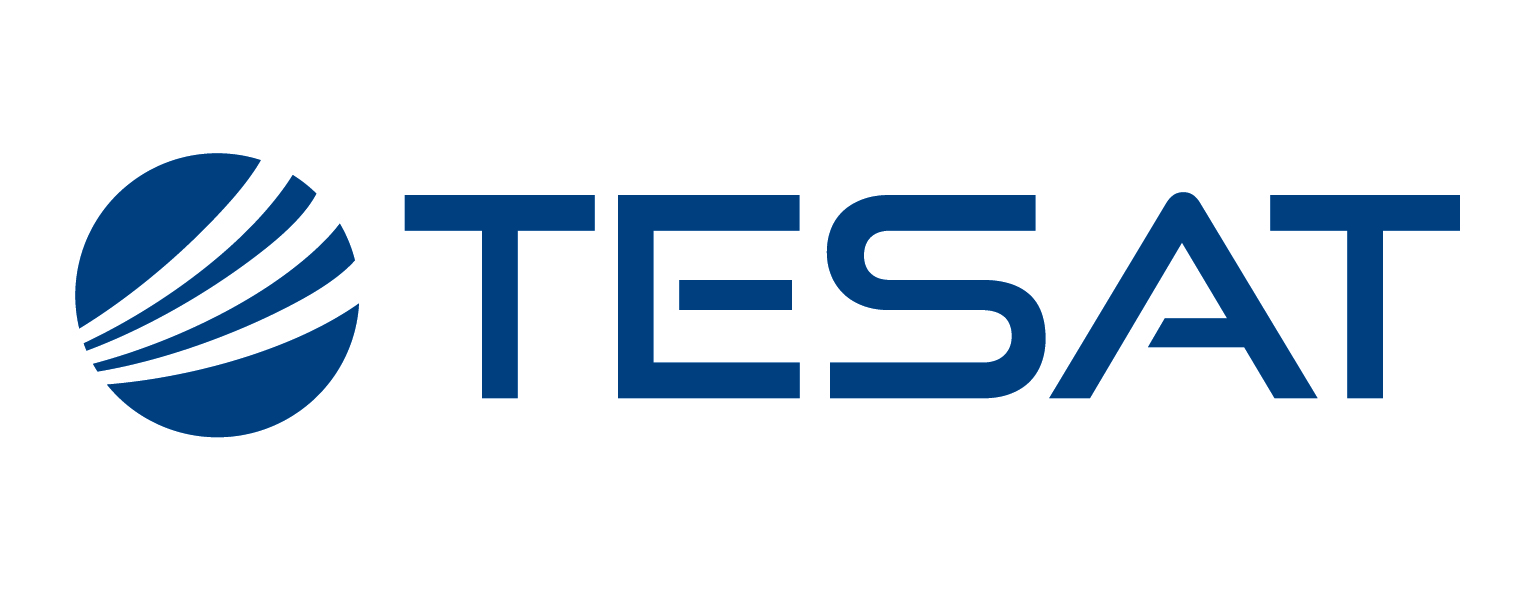-
StatusCompleted
-
Status date2019-10-31
-
Activity Code1B.080
With the objective of improving the performance and cost of current state-of-the-art payloads, the purpose of this activity is to identify new technologies and architectures of interest for payload output sections of geostationary telecommunication satellites, to retain the most promising solutions and propose associated roadmaps for their introduction by the industry of the participating countries on the commercial satellite market.
The activity shall address the payload output section, defined to include all RF power equipment up to feed port as well as the antenna feed system.
The contractor shall consider two time horizons (medium term 2020 and long term 2025) for the in orbit implementation of the architectures, products and technologies addressed within this contract.
For each time frame, payloads for FSS/BSS missions (C and Ku bands) and geomobile L band missions shall be considered and evaluated.
The main challenges of the activity are as follows:
- Identification of key technical issues currently limiting performance and cost of reference current payload output sections for L, C and Ku band satcom missions
- Identification and pre-selection of suitable technologies and improved payload output section architectures to improve the performance and cost of the identified reference current state of the art payloads.
- Evaluation of the pre-selected technologies and architectures by adequate analysis, budgets and computer simulation of the achievable payload/system level improvements
The output of the activity is not a specific product, but a recommendation and roadmaps for the development of advanced output sections using the identified technologies and architectural concepts.
The recommended technologies and advanced architectures shall be of application for future L band geomobile and C and Ku band FSS/BSS missions and shall lead to improvements on system performance ( i.e overall satellite capacity/throughput and flexibility) and reduction of costs.
The work to be done in this activity was initially organized into six tasks:
- Task 1: Definition of Reference Output Section Architectures and Relevant Metrics
- Task 2: Critical Review of Reference Architectures and Technologies
- Task 3: Identification of Advanced Output Section Architectures and Technologies
- Task 4: Preliminary Design of Advanced Output Sections
- Task 5: Roadmaps
- Task 6: Evaluation of Return on Investment
Under Task 1, the Contractor was to identify the reference mission scenarios, platform constraints and output section architectures and technologies to be used as benchmarks for the assessment of the innovative concepts to be studied in the activity.
Under Task2, the Contractor was to make a critical assessment and identify the bottlenecks for the reference architectures
Unde Task 3, the Contractor shall propose and pre-select advanced innovative architectures and technologies to be assessed in the study. The proposed concepts were to be agreed and approved by ESA at an Advanced Architectures Selection Meeting (AASM).
Task 4 was dedicated to the preliminary design and performance assessment of the approved architectures and technologies. This task was to result in a Preliminary Design Review (PDR).
Finally, the roadmaps for the development of the different concepts was to be prepared (Task 5) and an assessment of the Return on Investment (RoI) made for the different solutions and presented to ESA and Satcom Operators (Task 6).
Due to execution delays and evolving system requirements, the project was halted after completion of the first three tasks.
The output of the work was therefore limited to the identification of bottlenecks and the proposal and pre-selection of technology and architectural solutions to improve performance and cost of future payloads.





